The Irish Fairy Tale
The Irish Fairy Tale
A Narrative Tradition from the Middle Ages to Yeats and Stephens

Vito Carrassi
Translated by Kevin Wren
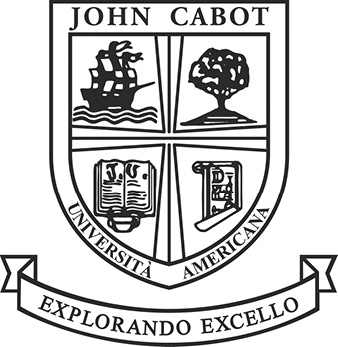
JOHN CABOT UNIVERSITY PRESS
Distributed by
University of Delaware Press
Published by John Cabot University Press
www.johncabot.edu
Distributed by University of Delaware Press
in partnership with The Rowman & Littlefield Publishing Group, Inc.
4501 Forbes Boulevard, Suite 200, Lanham, Maryland 20706
www.rowmanlittlefield.com
10 Thornbury Road, Plymouth PL6 7PP, United Kingdom
Copyright 2012 by John Cabot University Press
Originally published as Il fairy tale nella tradizione narrativa irlandese. Un itinerario storico e culturale (Bari: Mario Adda Editore, 2008).
All rights reserved . Authorization to photocopy item for internal or personal use, or the internal or personal use of specific clients, is granted by the copyright owner, provided that a base fee of $ 10.00, plus 8 cents per page, per copy is paid directly the copyright clearance center, 222 Rosewood drive, Danvers, Massachuetts 01923.
British Library Cataloguing in Publication Information Available
Library of Congress Cataloging-in-Publication Data
Carrassi, Vito.
[Fairy tale nella tradizione narrativa irlandese. English]
The Irish fairy tale : a narrative tradition from the Middle Ages to Yeats and Stephens / Vito Carrassi ; translated by Kevin Wren.
p. cm.
Includes bibliographical references and index.
ISBN 978-1-61149-380-1 (pbk. : alk. paper) ISBN 978-1-61149-379-5 (electronic)
1. Fairy talesIrelandHistory and criticism. 2. FolkloreIreland. I. Wren, Kevin, 1959 II. Title.
PN3437.C3713 2012
398.209415dc23 2011049829
 The paper used in this publication meets the minimum requirements of American National Standard for Information SciencesPermanence of Paper for Printed Library Materials, ANSI/NISO Z39.48-1992.
The paper used in this publication meets the minimum requirements of American National Standard for Information SciencesPermanence of Paper for Printed Library Materials, ANSI/NISO Z39.48-1992.
Printed in the United States of America
For Giovanni Battista Bronzini
Acknowledgments
I would like to thank most of all Professor Vera Di Natale, who followed closely the various phases of the preparation, elaboration, and drafting of the text; I am grateful to her for her attentive and competent reading, which was the source of constant and profitable confrontation and for her precious and most generous advice and suggestions. My appreciation goes to Kevin Wren, not only for the quality of his translation (contributed to in no small part by the scrupulous revision of his wife Elena), but also for the reflection prompted by our interlinguistic dialogue and for his help in deciding on the title of the English edition. Im obliged to Professor Allan Christensen for the immediate attention and gratifying appreciation that he gave to my work, apart from the inestimable solicitude with which he followed all the phases of this project. I would last like to thank my wife, Elettra, for her affection, support, and the stimulus that she provided me, fundamental in the realization and completion of this work. My gratitude also goes to Ireland, the muse of my research on narrativity, folklore, and literature, and a field always bristling with new horizons.
Introduction
Narrativity, Between Orality and Writing
Man has an extremely efficient and almost inexhaustible means of appropriating the reality around and within himself, an instrument that allows him to model and give sense to the world that envelopes him: storytelling . Storytelling allows men and women to evade everyday existence and enter a world which it alone makes possible. We do not know at what moment of human History (itself the greatest tale, containing within itself all other tales) one of our forebears felt, for the first time, the need to turn an event from his own life or that of others into a tale. Nevertheless, we can intuit plausibly that the first to hear this proto-tale felt a new pleasure, latent within his or her intimate self, which the proto-storyteller brought to light, thus furnishing the first link in a chain that was to remain uninterrupted through the ages.
On that far-off day, mankind discovered a something that had the power to give ordered and delimited form to the patrimony of events, dreams, and fears that had accumulated progressively in his collective memory, and which could be shared with an audience of his contemporaries. He discovered in himself the ability to create an entity that could solve the problem of how to translate knowing into telling . That entity was the tale, an indispensable channel through which he could transmit both truth or mere fantasy in such a way as to involve an audience of his fellow men. The tale also allowed him to go back over an event from the past, working within himself to reinforce the memory or even to reconstruct it, a posteriori.
The tale therefore was an extremely efficacious means of stemming the passage of time, creating a virtual space in which to govern autonomously the otherwise uncontrollable flux of events. Following specific rules, this space was organized to allow the storyteller to arrange within it figures, circumstances, gestures, and actions that would mirror, on the basis of a range of theoretically unlimited modes, a reality from whichfor a period of timeit was possible finally to estrange oneself in order to observe the acts, words, and even thoughts of those who for the same period of time remained ephemerally but intensely alive. As long as the storyteller prolonged his narrative performance, a parallel reality held in suspension the lives of his listeners.
His tale was not only heard, but received by his listeners, either with detachment or participation. Ceasing to be the exclusive property of its author or bearer, in one way or another, the tale took possession and entered into the possession of other people, thus becoming communal patrimony . Its destiny was no longer linked to a single creator or storyteller, but to all those who, once having heard the tale, wanted to pass it on. As they did so, they became themselves authors, performing before a new audience another tale, their own, personal version of that already heard. Better or worse, more concise or extended, more entertaining or instructive, a series of versions would gradually have displaced the original; taken togethersome with more success than othersthese versions would have created a first narrative tradition , sedimenting itself in the collective memory of a community.
Whatever the effective origin of the narrative phenomenon, the degree to which it has affirmed itself among the peoples of the Earth attests undoubtedly to its value as one of the founding elements in the evolution of humanity, revealing it as probably the most adequate metaphor for civilization, the locus of traditions, archetypes, and the symbolic subconscious. Step by step, storytelling accompanied the continual becoming of History, providing mankind with the ability of turning events into tales and thus saving them from oblivion, particularly in the period preceding the written word. By telling tales and listening to them, man kept the past alive, transmitting it from generation to generation, albeit according to a fluid alteration of form and content that depended on the succession of storytellers and on the environmental and social conditions of the time, which would prove the most powerful of modifying factors. Through storytelling, man had in fact acquired the possibility of creating the past (fugitive by nature), which, when deprived of the timespace support otherwise furnished by this tool, would have remained an inconsistent and amorphous accumulation of events whose existence that could not be deduced from the present. No storyteller is able to give an incontrovertible image of the past: this is humanly impossible, even for first-person witnesses of events. However, the storyteller can give a possible account of whatever took place at a particular time because every narration is a more or less convincing reconstruction of an event, with its beginning and end already provided, situated at sufficient distance from the storyteller so that he can translate a more or less real action into a virtual account composed of verbal material.

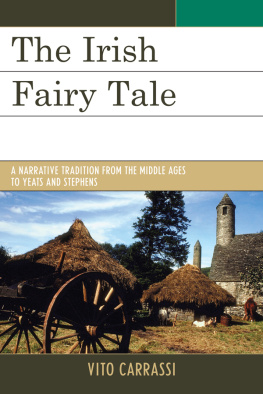
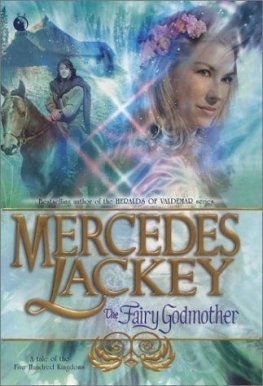


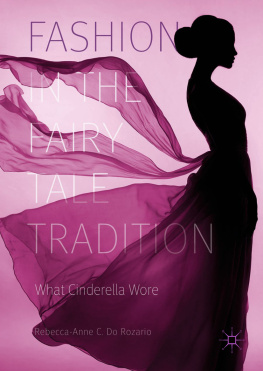
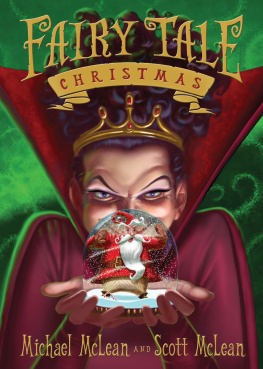
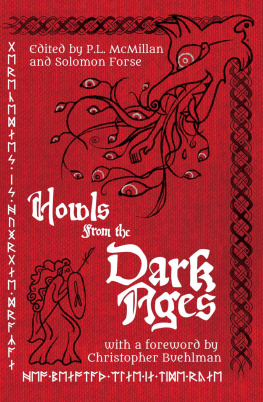
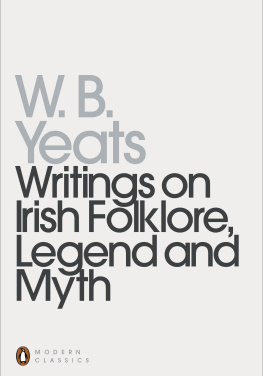

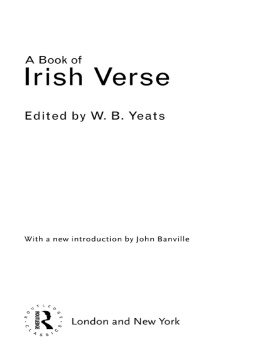
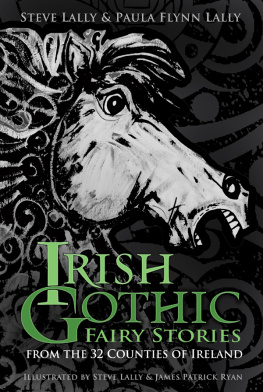
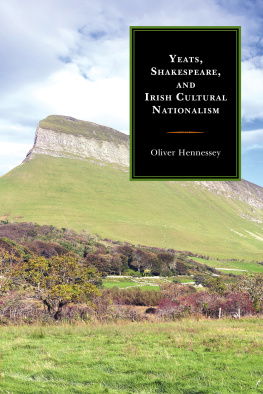


 The paper used in this publication meets the minimum requirements of American National Standard for Information SciencesPermanence of Paper for Printed Library Materials, ANSI/NISO Z39.48-1992.
The paper used in this publication meets the minimum requirements of American National Standard for Information SciencesPermanence of Paper for Printed Library Materials, ANSI/NISO Z39.48-1992.